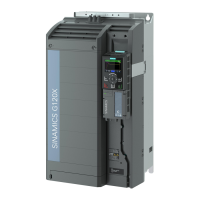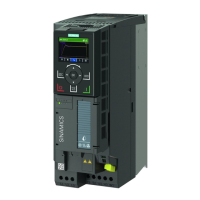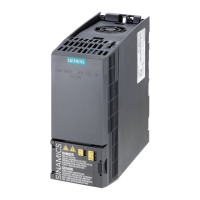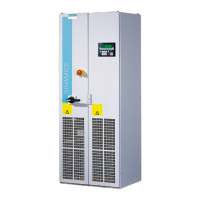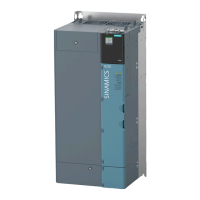Installation
3.5 EMC installation guidelines
Getting Started
Getting Started, FW V4.5, A5E03404762A AB
21
3.5 EMC installation guidelines
3.5.1 Connections and interference suppression
All connections should be made so that they are permanent. Screwed connections on
painted or anodized metal components must be made either by means of special contact
washers, which penetrate the isolating surface and establish a metallically conductive
contact, or by removing the isolating surface on the contact points.
Contactor coils, relays, solenoid valves, and motor holding brakes must have interference
suppressors to reduce high-frequency radiation when the contacts are opened (RC elements
or varistors for AC currentoperated coils, and freewheeling diodes for DC current-operated
coils). The interference suppressors must be connected directly on each coil.
3.5.2 Basic EMC Rules
Measures to limit Electromagnetic Interference (EMI)
Listed below are the necessary measures that must be taken to ensure the correct
installation of the Inverter within a system, which will minimize the effect of EMI.
Cabinets
● All of the metallic parts of the electrical cabinet should be connected to one another
through the largest possible surface area so that a good electrical connection is
established.
● The cabinet door should be connected to the cabinet frame using short, wide grounding
straps at the top, centre and bottom of the door.
● Shield rails and potential bonding rails should be connected to the cabinet ground
through the largests possible surface area.
● All connections should be permanent and rugged. When making screw connections at
painted and coated metal parts, either special contact washers (serrated washers) should
be used or the insulating protective coating should be removed.
● All metallic enclosures and housings of components installed in the cabinet should be
connected through the largest possible surface area to the electrical cabinet ground in
order to establish a good electrical connection.
Cables
● All cable lengths must be kept to the minimum possible length; excessive cable lengths
must be avoided.
● Signal and data cables, as well as their associated equipotential bonding cables, must
always be routed in parallel and with as short a distance as possible.

